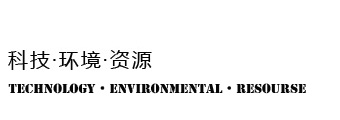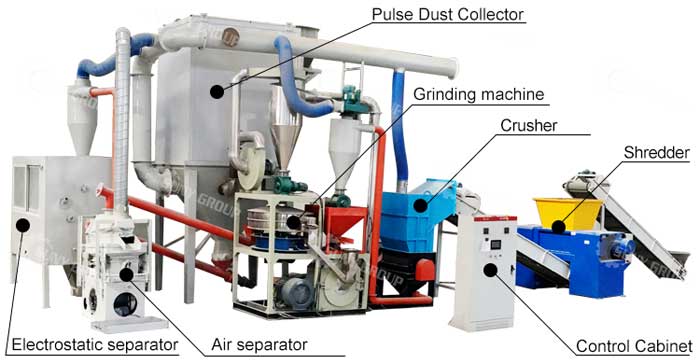How to properly dispose of circuit boards in waste e-waste?
As electronic products are updated faster, the amount of discarded printed circuit boards (PCBs), the main component of e-waste, is increasing. The environmental pollution caused by waste PCB has also attracted the attention of various countries. Waste PCBs contain heavy metals such as lead, mercury, hexavalent chromium, and toxic chemicals such as polybrominated biphenyls (PBB) and polybrominated diphenyl ethers (PBDE) as flame retardant components. Groundwater and soil have caused huge pollution and brought great harm to people’s life and physical and mental health. There are nearly 20 kinds of non-ferrous metals and rare metals on the waste PCB, which has high recycling value and economic value, and is a real mine waiting to be mined. What about the following? I have compiled several methods to deal with waste circuit boards and share them with you:
The physical method is a method of recycling by using mechanical means and the physical properties of the PCB.
The purpose of crushing is to dissociate the metal in the waste circuit board from the organic matter as much as possible to improve the sorting efficiency. The study found that when broken at 0.6mm, the metal can basically reach 100% dissociation. The recycling process of waste circuit boards has strong applicability/environmental protection. The physical method recycling process can effectively carry out mechanical crushing and recycling of various types of waste printed circuit boards, processing waste, and waste electrical appliances. The purity is as high as 96%.
The physical method is to use the different methods of mechanical equipment and PCB process performance to complete the acquisition.
smash
The purpose of crushing is to dissociate the metal in the waste circuit board from the soil organic matter as much as possible, so as to improve the high efficiency of screening. The study found that when crushed at 0.6 mm, most of the metal can achieve 100% dissociation, but the choice of crushing method and proportional series also depends on the post-processing process.
sieve
Screening is to complete the separation by using the differences in chemical properties such as relative density, particle size distribution, electrical conductivity, magnetic conductivity and surface characteristics of raw materials. At this stage, the widely used wind speed shaker technology, flotation reagent separation technology, hurricane separation technology, sink-float separation and vortex screening technology, etc.
SUNY GROUP waste circuit board processing equipment rational sorting and production process: raw materials are shredded, roughly crushed, pulverized, air separation, vibration separation and sorting, environmental protection treatment and other processes, which can be recycled into copper-based metal mixtures. and non-metallic powder mixture; the dust and waste gas formed during the processing are collected in an orderly manner and uniformly subjected to dust removal and waste gas purification treatment, and are discharged to the air after the environmental protection standards are met.








Leave a Comment